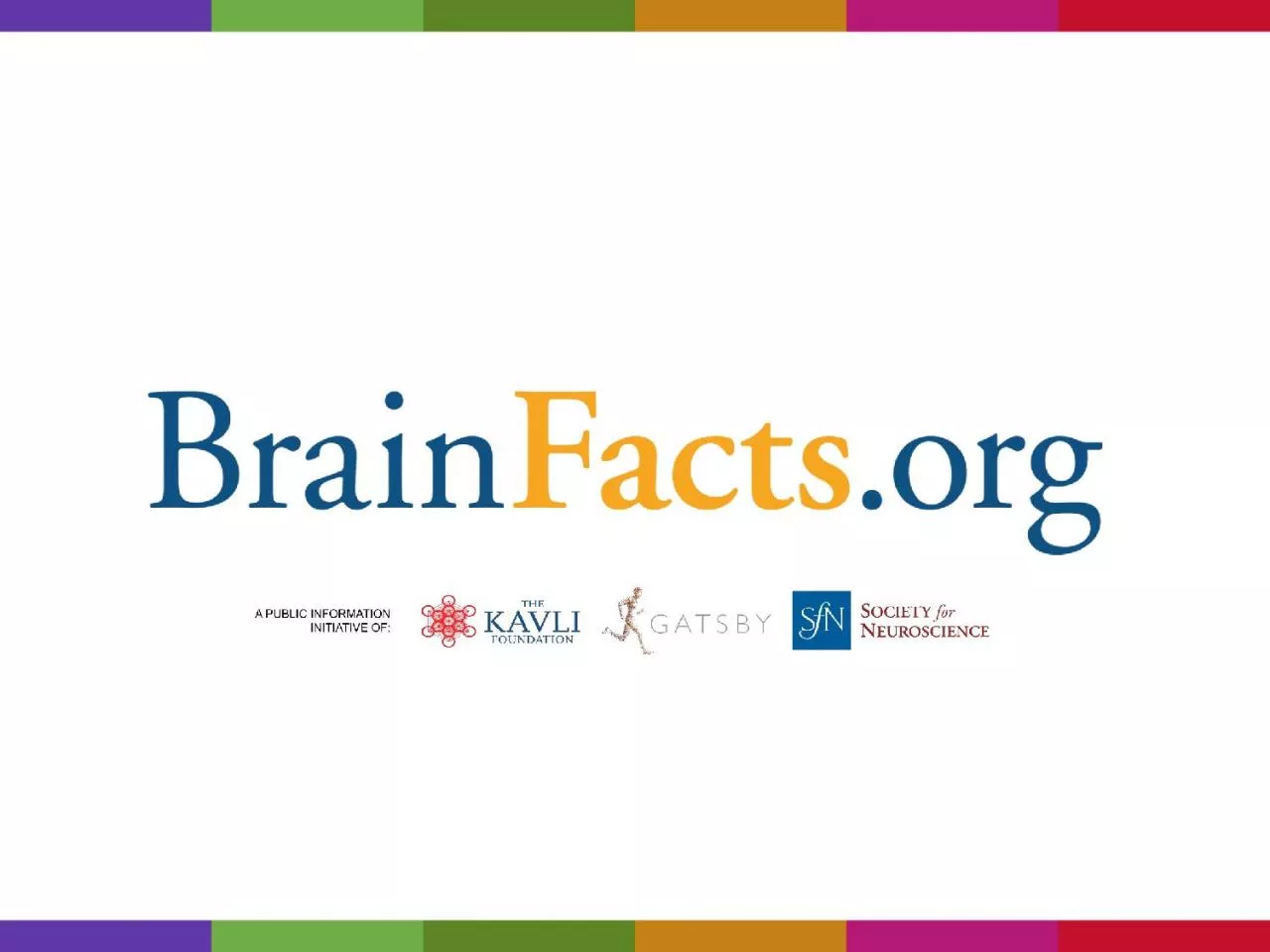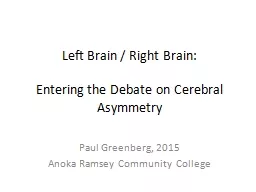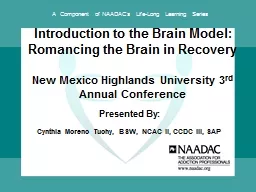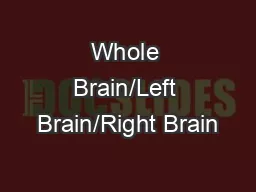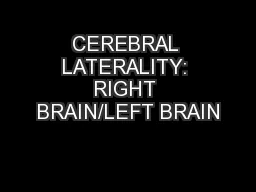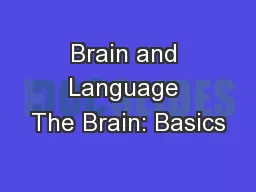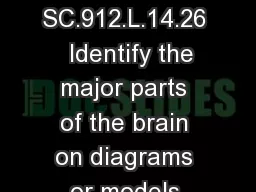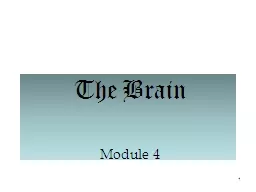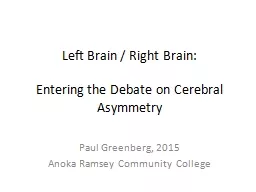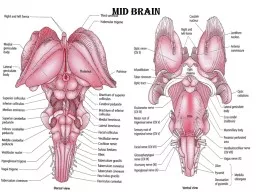PPT-Language: An Overview Language is a brain function
Author : GorgeousGirl | Published Date : 2022-08-03
Studying language helps us learn about The brain regions responsible for language What goes wrong in language disorders Language is located in the left hemisphere
Presentation Embed Code
Download Presentation
Download Presentation The PPT/PDF document "Language: An Overview Language is a brai..." is the property of its rightful owner. Permission is granted to download and print the materials on this website for personal, non-commercial use only, and to display it on your personal computer provided you do not modify the materials and that you retain all copyright notices contained in the materials. By downloading content from our website, you accept the terms of this agreement.
Language: An Overview Language is a brain function: Transcript
Download Rules Of Document
"Language: An Overview Language is a brain function"The content belongs to its owner. You may download and print it for personal use, without modification, and keep all copyright notices. By downloading, you agree to these terms.
Related Documents

